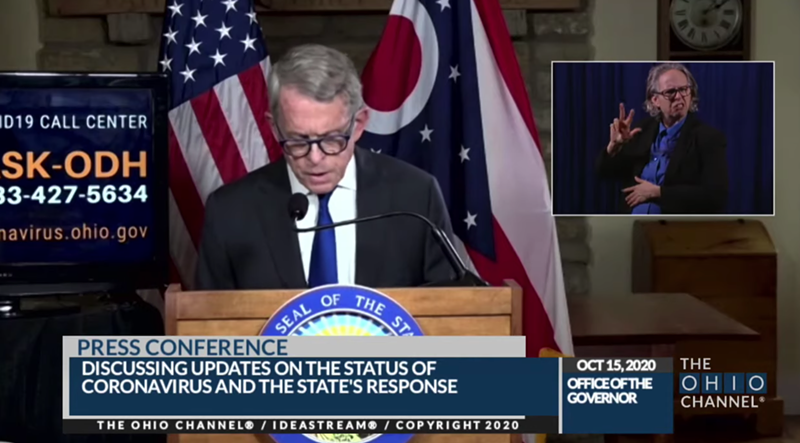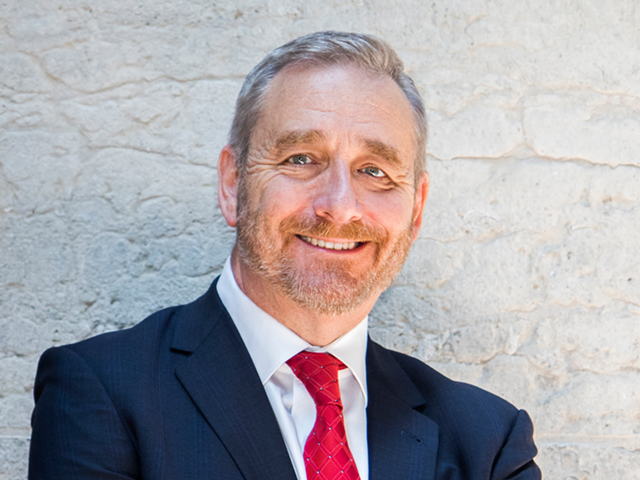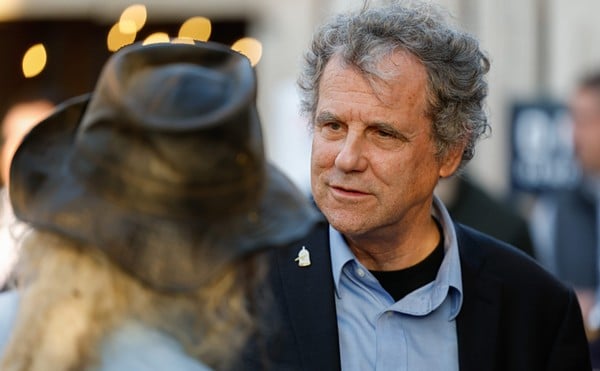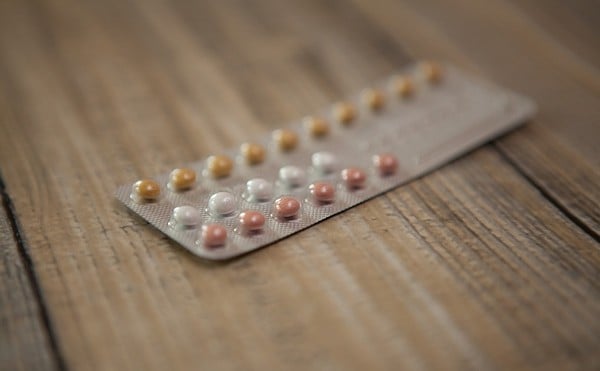With a bit of spooky premonition apt for the coming Halloween holiday, Gov. Mike DeWine announced Thursday that the state has once again set a record for the number of newly reported COVID cases: 2,178 in 24 hours.
The previous record for new COVID cases was set the day before, Wednesday, when the department of health reported 2,039 cases.
"This is the worst situation that Ohio has been in," he said.
As of today, Ohio has 29 red counties. That is 65% of Ohioans who are living in red counties. pic.twitter.com/6XQtKKqpCb
— Governor Mike DeWine (@GovMikeDeWine) October 15, 2020
As of Thursday, 13 new counties turned red on the state's Public Health Advisory System for a total of 29 red counties — including Adams, Butler, Hamilton and Warren counties. DeWine said that, currently, 65% of the population of the state now lives in a red county and warned a "red tide" is flowing over Ohio.
"It is not just one alarm going off. It's every alarm going off right now," he said.
Fifty-two of Ohio's 88 counties are also now considered "high incidence" counties (marked by an "H" on the map), meaning there have been more than 100 COVID cases per 100,000 residents reported in the past two weeks; this ratio is a CDC distinction differentiating between a moderately high amount of spread of the virus versus a high amount of spread.
Those two indicators together — high spread and a red alert — mean 10 million Ohioans, or 85% of the population, is "living in an area with a high risk of community transmission,” DeWine said.
"This is in stark contrast to not too long ago," he said. "September 20, barely a month ago, we had 762 cases. And for some time we were hovering around 1,000 cases. So we’ve gone up dramatically in a relatively short period of time."
In addition to the increase in cases, DeWine said there has also been in an increase in the amount of people getting sick enough to be hospitalized. On Sept. 20, there were 563 COVID patients. Yesterday there were 1,042 — basically double. In the last 24 hours, there have been 43 ICU admissions versus the 21-day average of 13 per day.
In about the same amount of time, the state's positivity number — the amount of people tested for COVID who are testing positive for the virus — went from 2.7% to, today, 5.4%.
"What we should be seeing is a decrease in positivity as the testing goes dramatically up. Instead of that decrease we're seeing a very, very significant increase," DeWine said.
DeWine once again compared the state's Public Health Advisory System to a weather alert, saying that while we cannot change the weather, we can change the outcome; that this spike in cases is an early warning sign. (You can read about the advisory system indicators and what each color means at coronavirus.ohio.gov/wps/portal/gov/covid-19/public-health-advisory-system.)
“The only way we can beat this virus back is to follow the prevention methods we have been talking about since the beginning of the pandemic,” DeWine said. “Stay home when you are sick. Social distance. Wear a mask. Always.”
The governor also brought on two medical experts — Dr. Nick Dreher, medical director of the Population Health Innovation Institute at MetroHealth System, and Dr. David Margolius, division director of internal medicine at MetroHealth System — to talk about the COVID spike and how the public can both flatten the curve and stay safe during the coming holidays/cold weather. Both reinforced the same basic things we can do to control the spread.
Margolius said those planning to spend time with friends and family need to mask up and practice social distancing and try to spend as much time as possible outside to decrease their chances of getting sick or passing the virus to each other. Dreher also said to mask up, social distance, wash your hands, disinfect everything — this will help control the spread of COVID, and help control the hospitalization rate.
These are not times to be complacent or comfortable. It is the time to be vigilant to protect yourself, your family, your friends and your neighbors.
— Governor Mike DeWine (@GovMikeDeWine) October 15, 2020
Despite the spike, DeWine said the state has no plans to do anymore shutdowns. “We’re at a point where we have to just live with this virus," he said, noting "there is a safe way to do what we as Ohioans want to do."
"When you look at the data today, the future that that paints is ugly. It is not good. It will be a tough, very tough November, December, January, maybe February, whoever knows how long" he said. "But we can avoid most of this pain."
DeWine said he expects that a COVID vaccine will be available next year, but we need to do those basic prevention methods now. And he repeated the same refrain: mask up, distance, wash your hands, disinfect, provide air circulation.
"(The) spread of the virus in Ohio can slow down. It can be reversed. It's totally within our hands to do it," he said.






